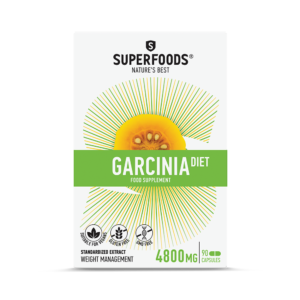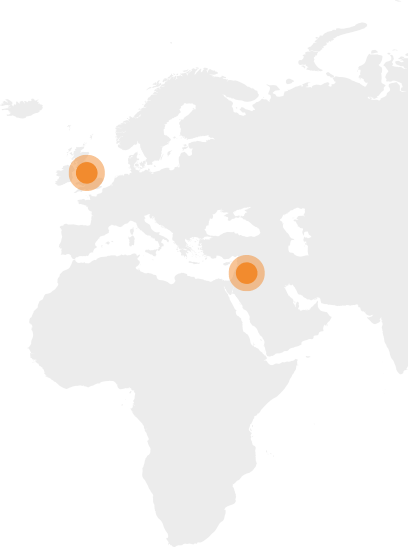

Garcinia
Main Ingredients: Hydroxy citric acid
Geographical Spread
Garcinia cambogia comes from Southeast Asia and is a medium-sized tree found throughout Asia, Africa and the islands of Polynesia. Its fruit has a diameter of about 5cm and has been used for centuries for cooking and therapeutic purposes, mainly in East India.

Historical Features
It has been demonstrated that Garcinia cambogia has an effect on the body's biological functions. It works as an appetite suppressant, anti-obesity therapy, and as an anti-hyperlipidemic agent. In vivo studies have confirmed its role as well as its main component, HCA, in stimulating fat oxidation, increasing serotonin from cerebral cortex and limiting the lipid profile in humans (Semwal, Semwal, Vermaak, & Vilijoen , 2015).
Pharmaceutical Use
Traditionally, it causes satiety after eating while its is also used to soothe intestinal disorders due to its bacteriostatic action (Marquez, Babio, Bullo, & Salas - Salvado, 2011). In addition, it has been used as a traditional treatment in cases of constipation, rheumatism, swelling and irregular menstruation (Semwal, Semwal, Vermaak, & Vilijoen, 2015).

Phytochemical Composition
Hydroxy citric acid (HCA) is a tricarboxylic acid, a key component of Garcinia's seed, which is probably responsible for its slimming properties (Ohia, et al., 2002). It has been proved to inhibit the addition of weight by preventing enzymes responsible for catalysing fatty acid synthesis procedures. Finally, studies on toxicity as well as observations in clinical studies indicate that Garcinia is safe enough, with no reported historical toxicity (Semwal, Semwal, Vermaak, & Vilijoen, 2015).
- Marquez, F., Babio, N., Bullo, M., & Salas – Salvado, J. (2011). Evaluation of the Safety and Efficacy of Hydroxycitric Acid or Garcinia cambogia Extracts in Humans. Critical Reviews in Food Science and Nutrition, 585-594.
- Ohia, S., Opere, C., LeDay, A., Bagchi, M., Bagchi, D., & Stohs, S. (2002). Safety and mechanism of appetite suppression by a novel hydroxycitric acid extract (HCA-SX). Molecular and Cellular Biology, 89-103.
- Semwal, R., Semwal, D., Vermaak, I., & Vilijoen, A. (2015). A comprehensiove scientific overview of Garcinia cambogia. Fitoterapia, 134-148.
Similar Products



